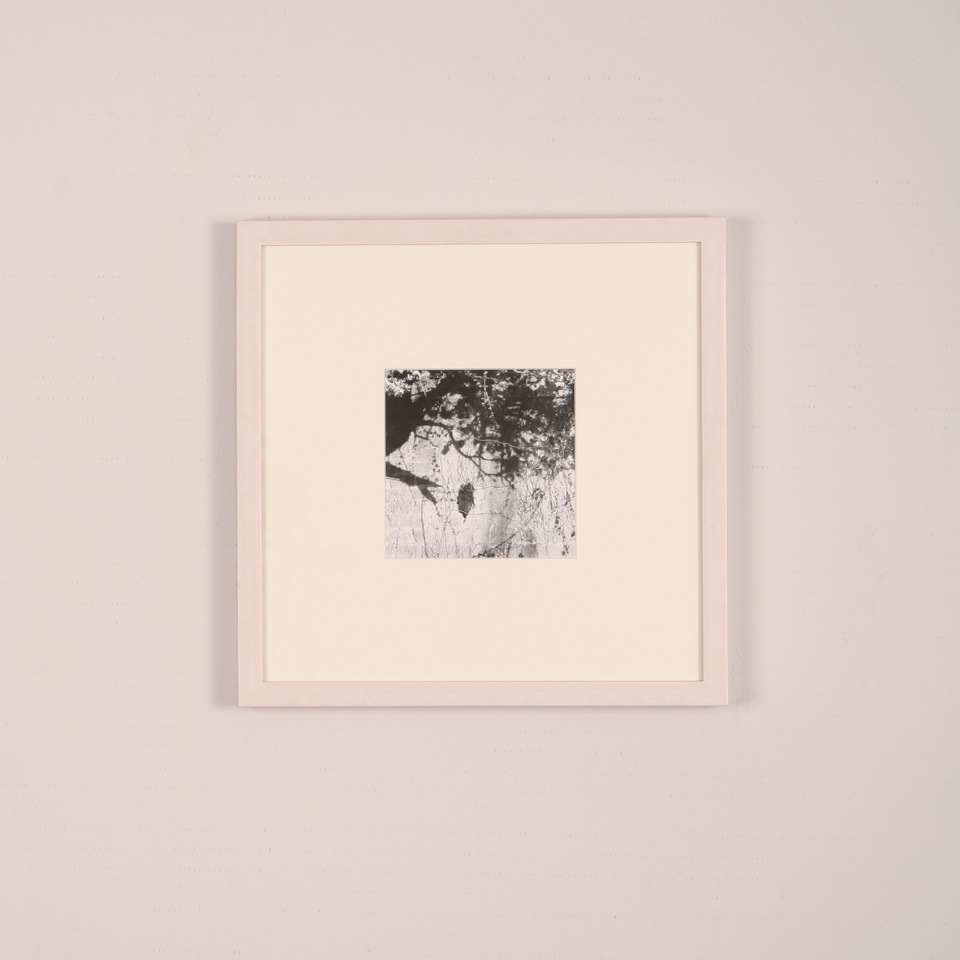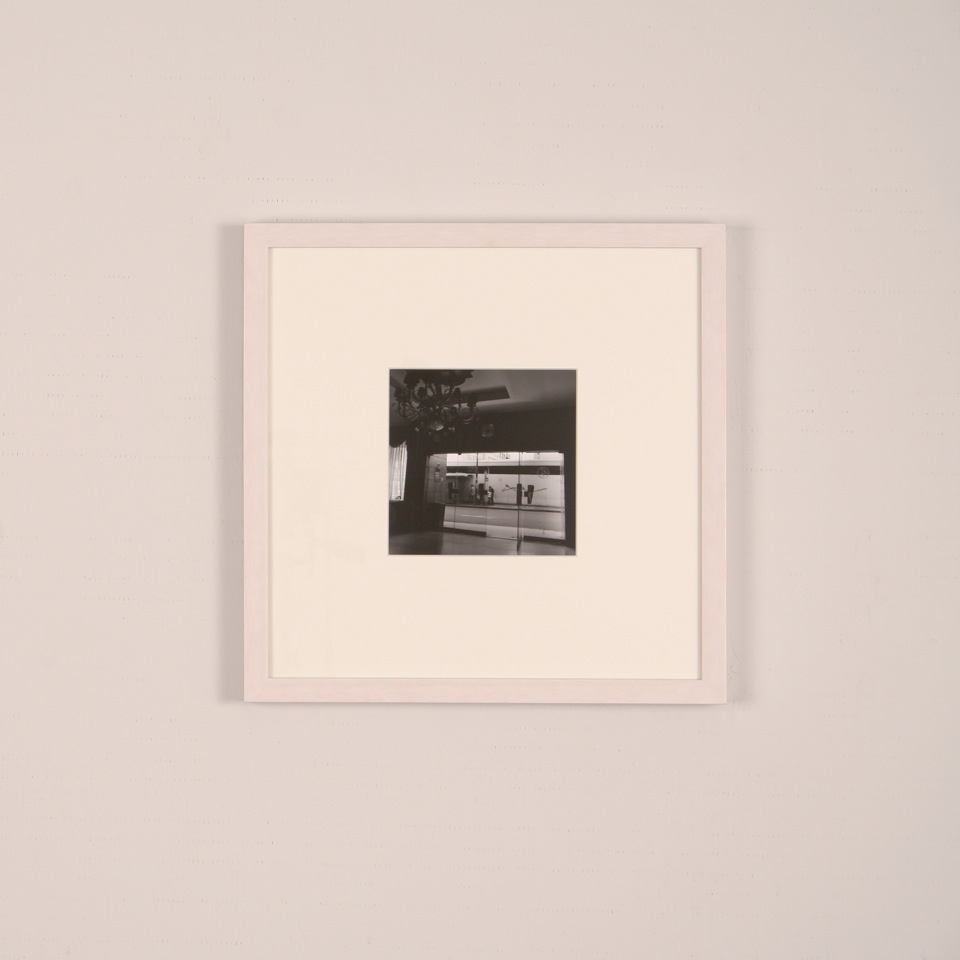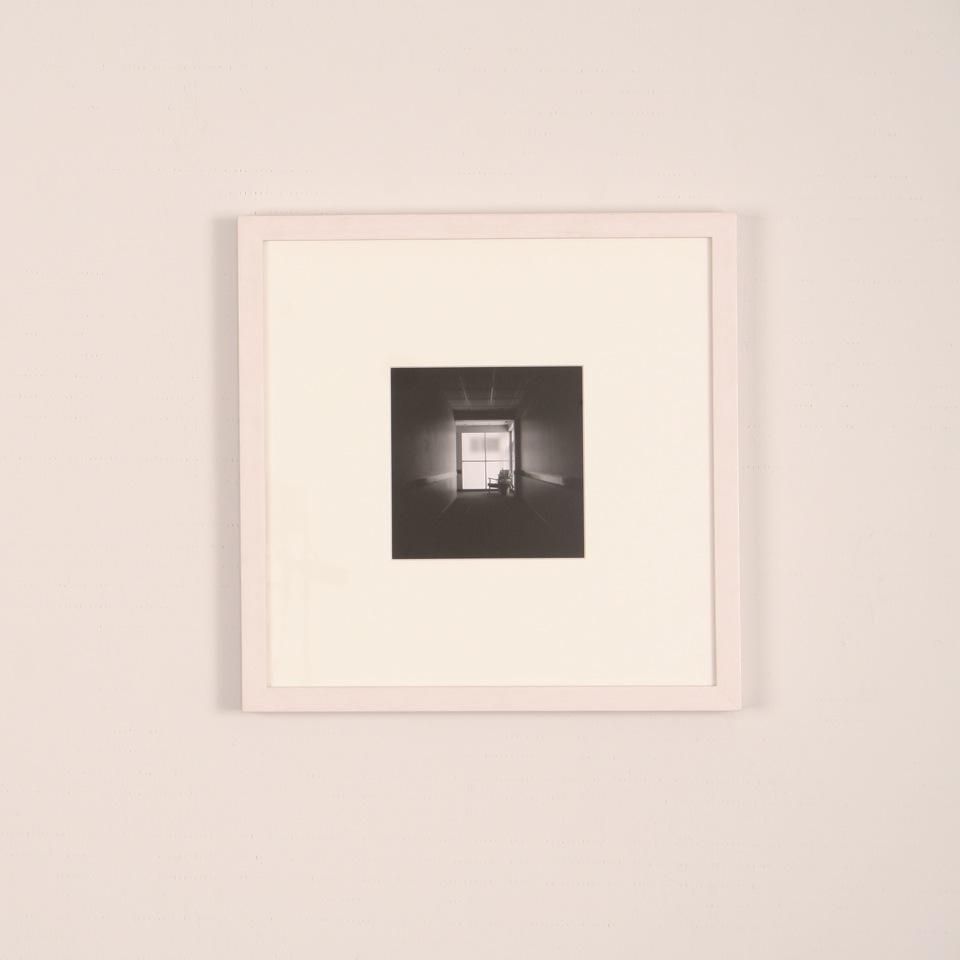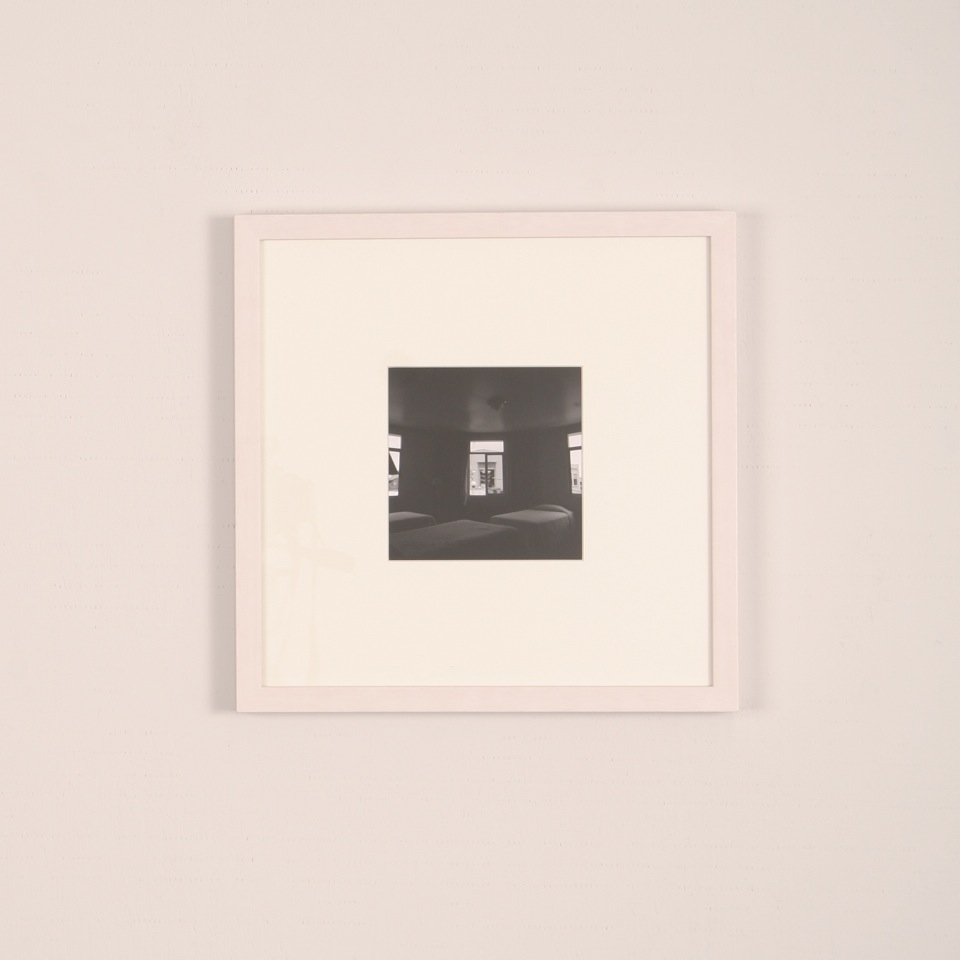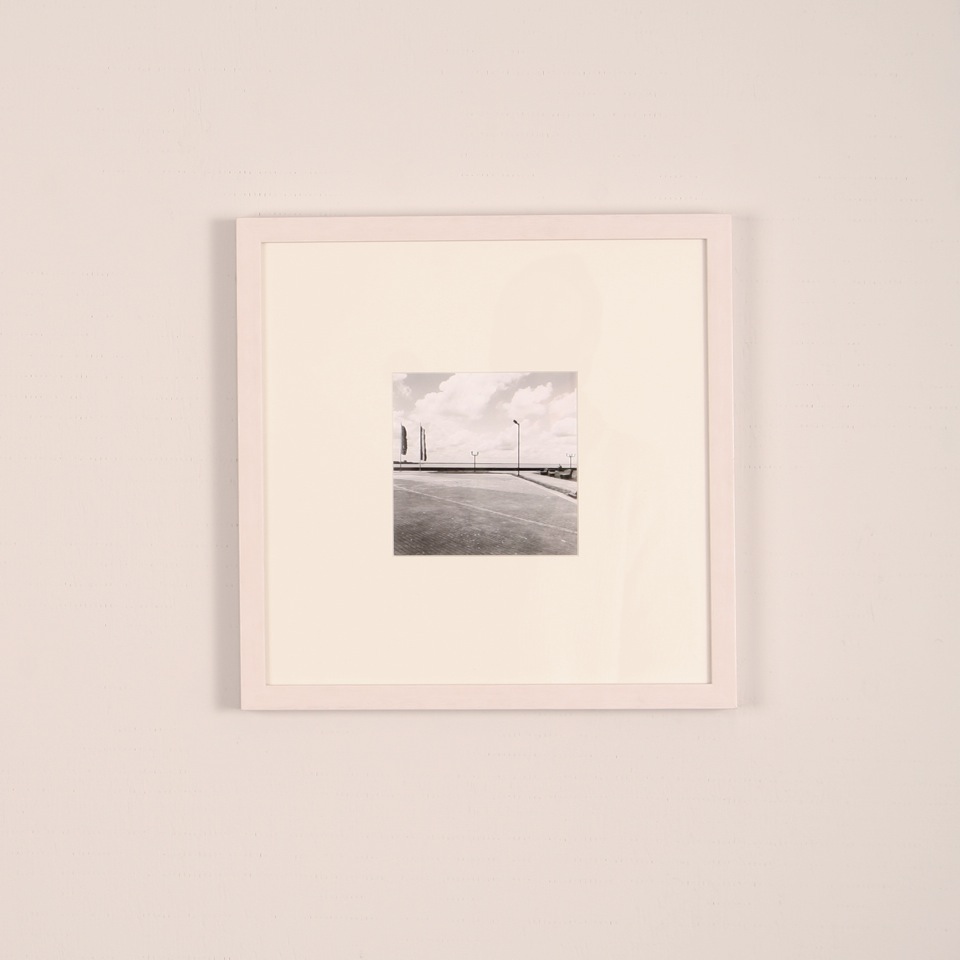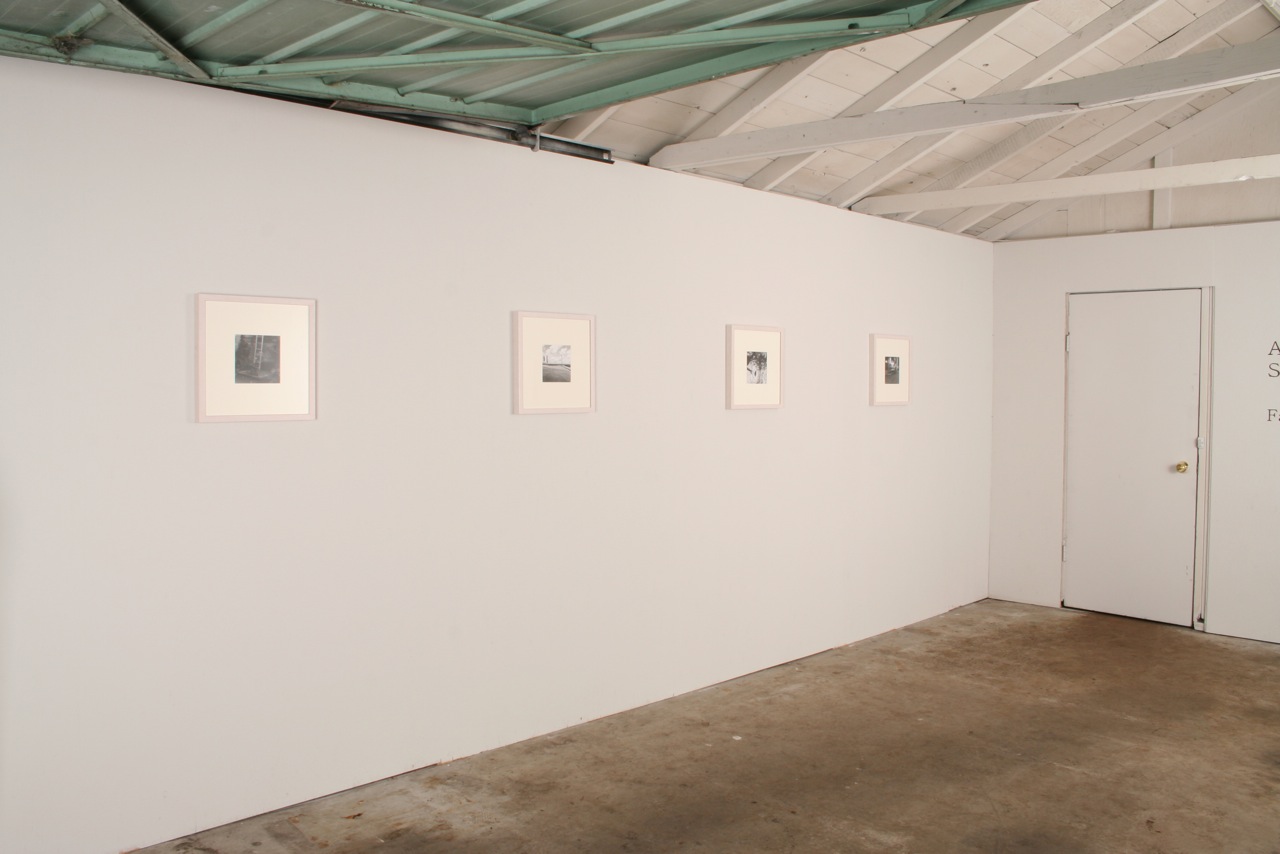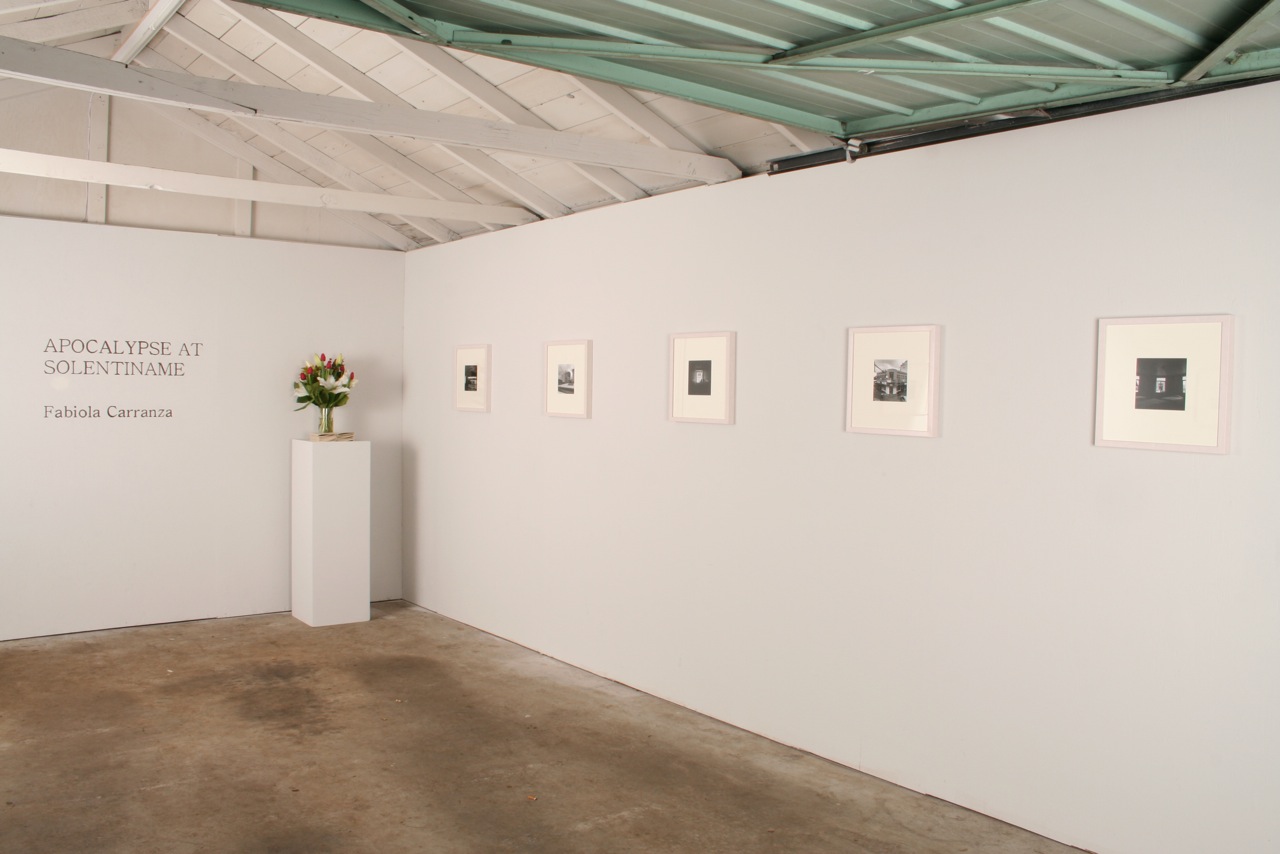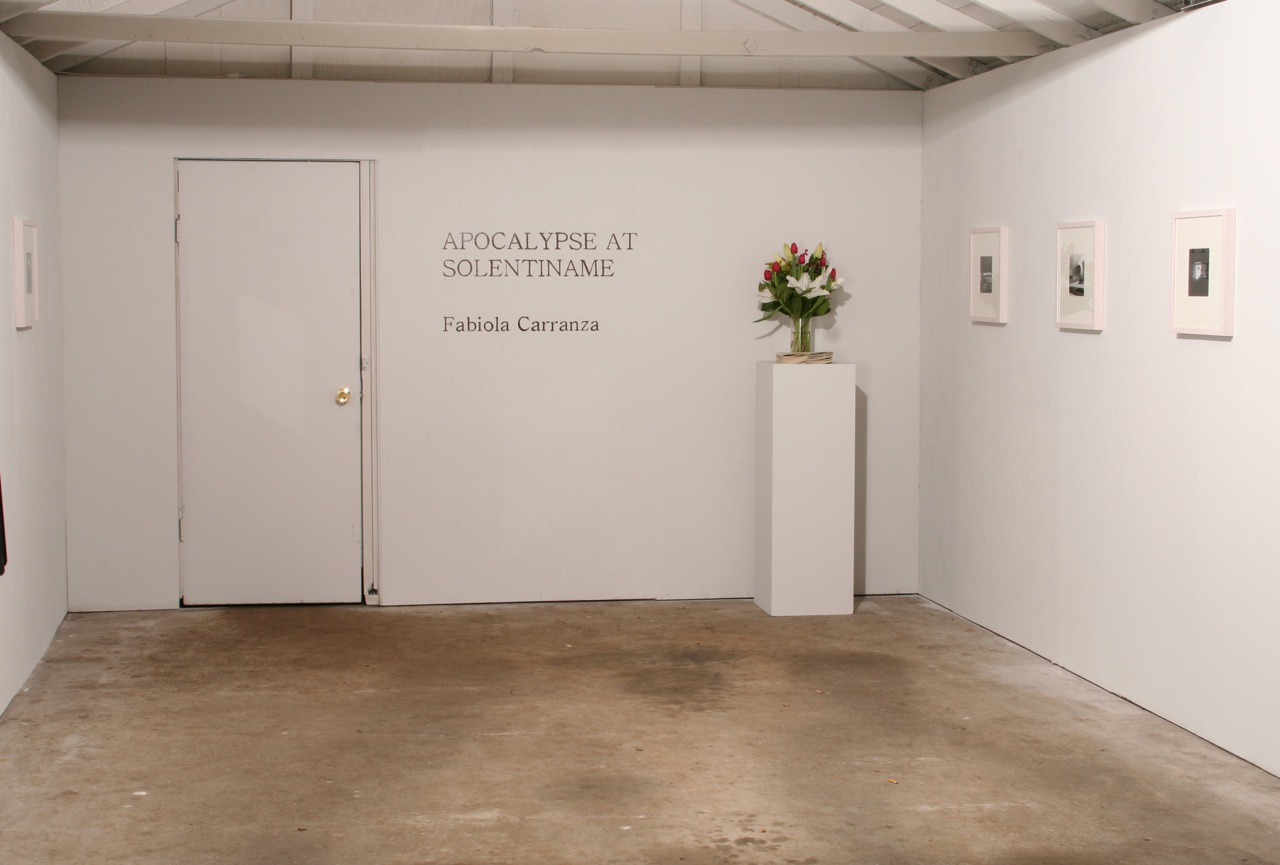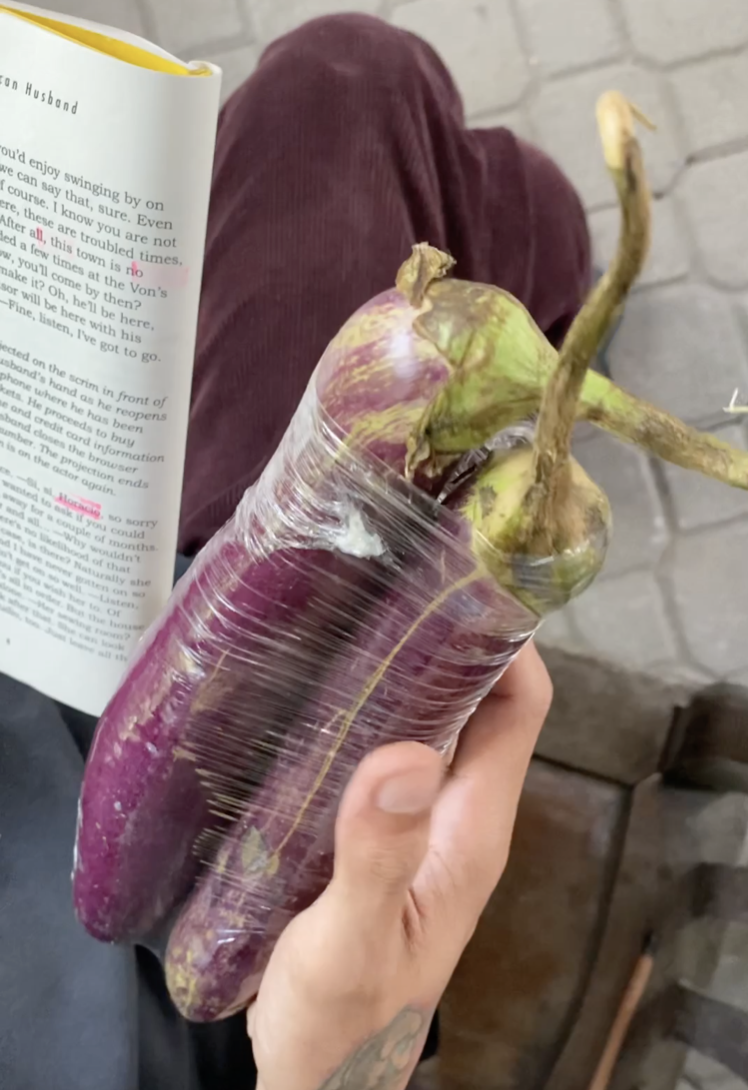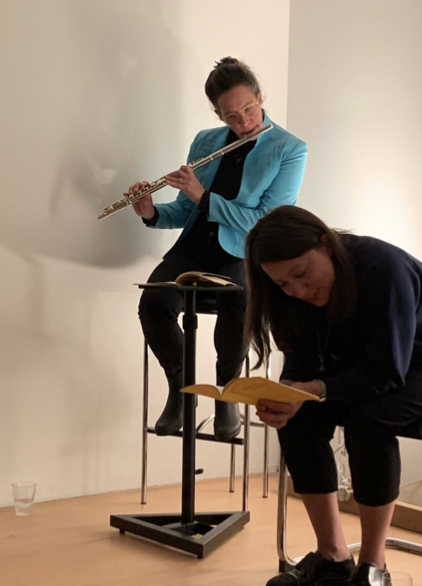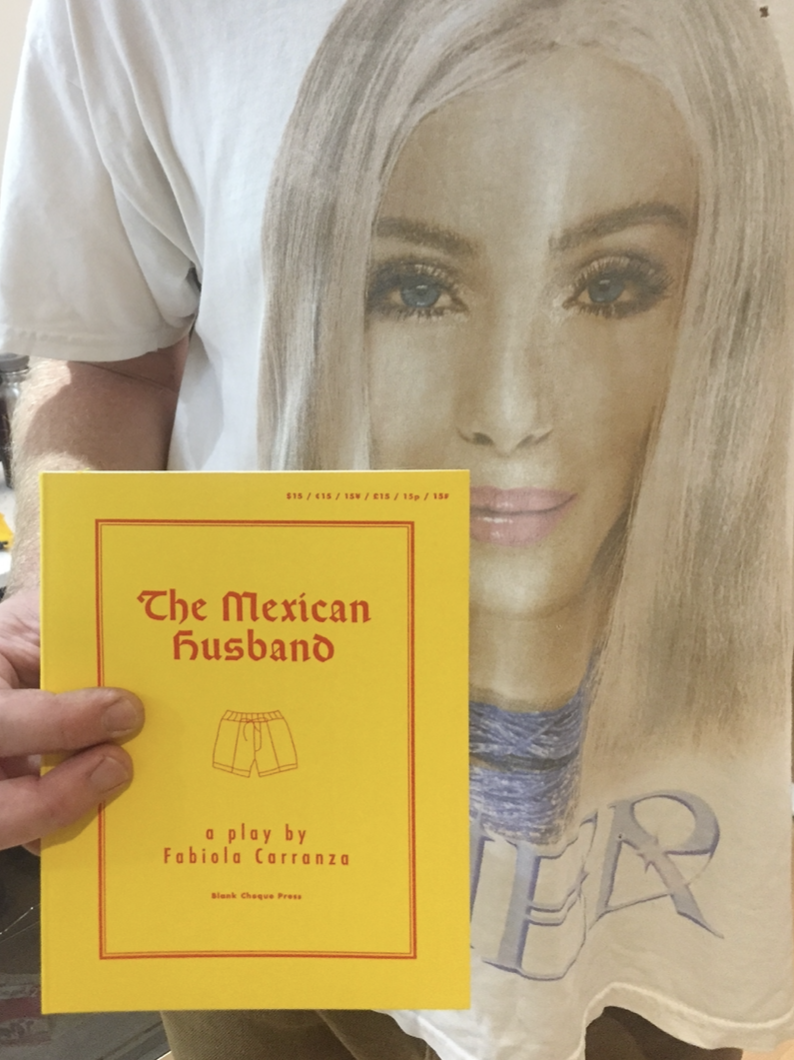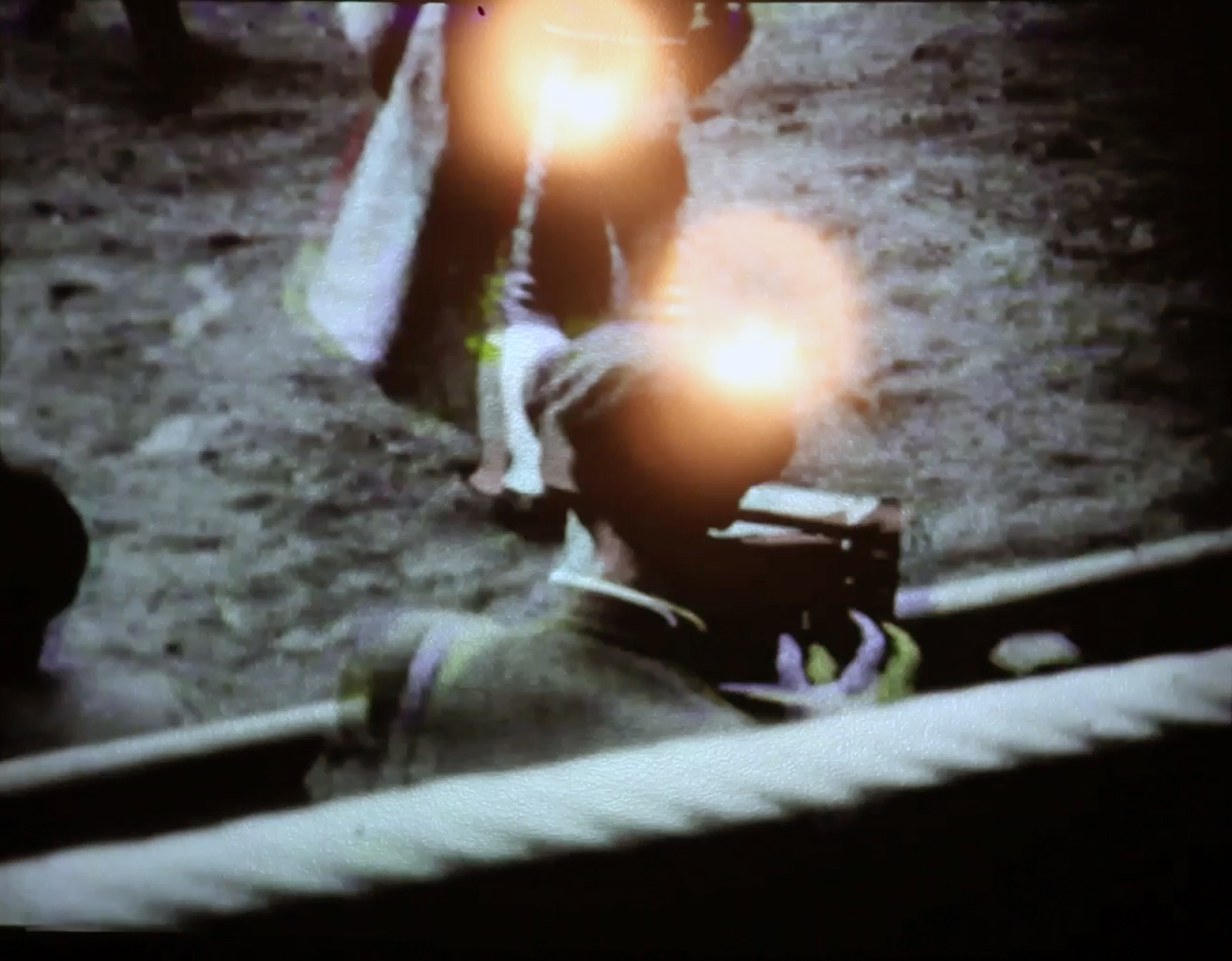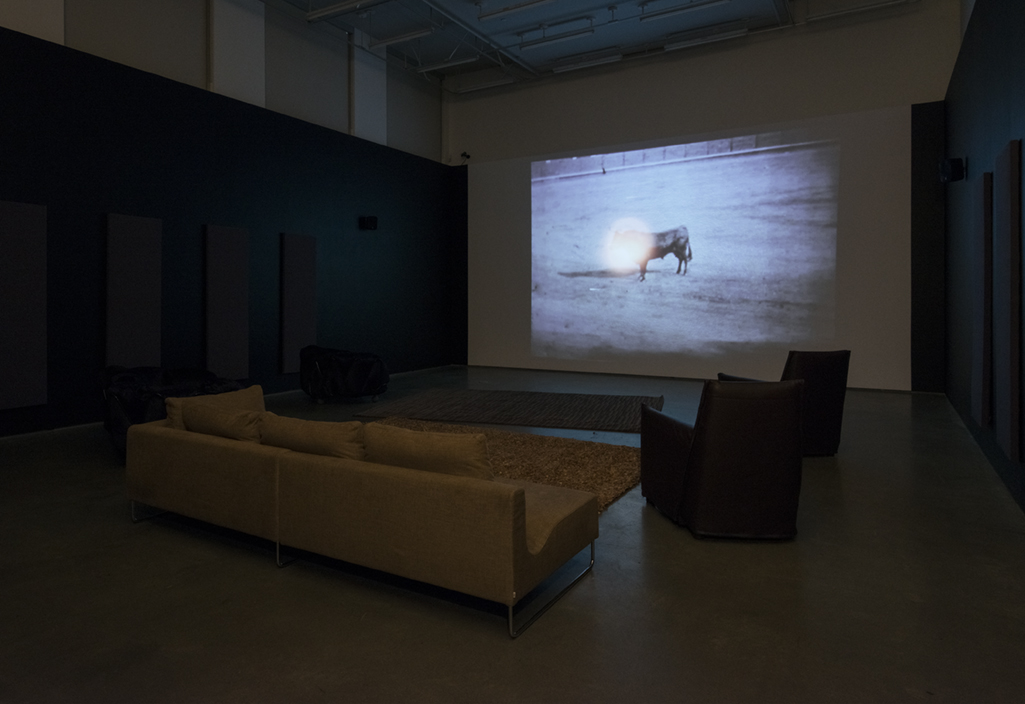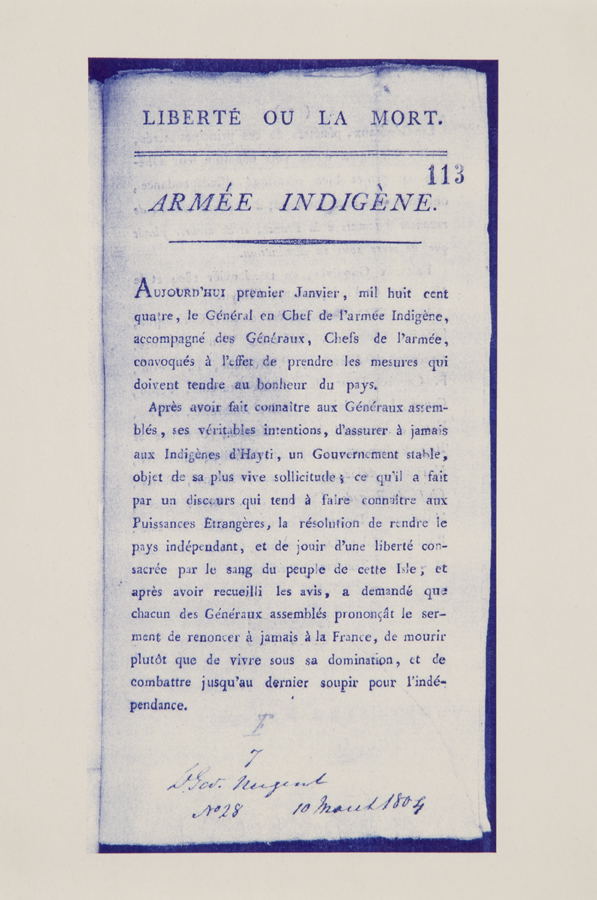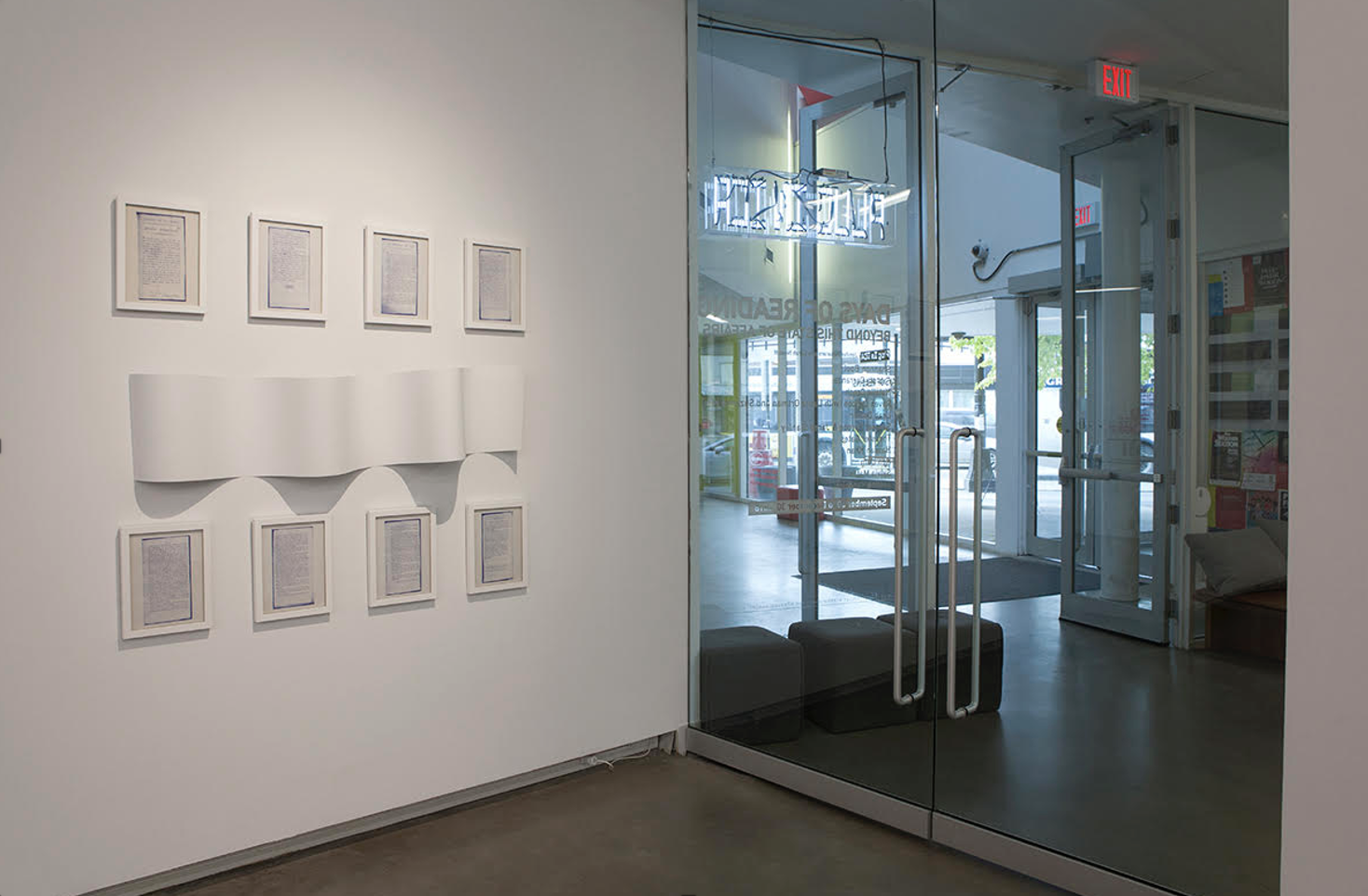I am an artist, writer, educator and Ph.D. candidate at the University of California in San Diego where I am an affiliate of the Critical Gender Studies Program, a Katzin Fellow and a Black Studies Project Awardee.
My dissertation focuses on the art and life of stage and television actor Felicia Montealegre Bernstein (1922-1978). My artwork has been exhibited at Plug In Institute for Contemporary Art (Winnipeg), the National Gallery of Costa Rica (San José), Contemporary Art Gallery (Vancouver), and at artist run centres in Canada, including Artspeak, Access, Blinkers and 221A.
My writing has appeared in Canadian Art, Public Parking, Charcuterie, c magazine, PubLab and The Capilano Review. My play, The Mexican Husband was published by Blank Cheque Press (2019) and has been staged as a reading-event at the 3rd Kamias Triannial (2020), at Artspeak in Vancouver (2019), at Deslave in Tijuana (2018) and, more recently at Vinegar Contemporary in Birmingham, Alabama (2022).
My dissertation focuses on the art and life of stage and television actor Felicia Montealegre Bernstein (1922-1978). My artwork has been exhibited at Plug In Institute for Contemporary Art (Winnipeg), the National Gallery of Costa Rica (San José), Contemporary Art Gallery (Vancouver), and at artist run centres in Canada, including Artspeak, Access, Blinkers and 221A.
My writing has appeared in Canadian Art, Public Parking, Charcuterie, c magazine, PubLab and The Capilano Review. My play, The Mexican Husband was published by Blank Cheque Press (2019) and has been staged as a reading-event at the 3rd Kamias Triannial (2020), at Artspeak in Vancouver (2019), at Deslave in Tijuana (2018) and, more recently at Vinegar Contemporary in Birmingham, Alabama (2022).

The Mexican Husband
As a biligual adaptation of Bertolt Brecht’s one-act play “The Jewish Wife” (1937), my version follows the events of a husband’s final night with his wife in Los Angeles before running for the Mexican border.
A heartfelt account of the ways in which exclusionary immigration policies play out, ‘The Mexican Husband’ asks questions about the state of humanity in an era of immigration enforcement, border walls, and enduring prejudice — both visible and invisible.
San Diego, California (2025), Tijuana, MEX (2017) Vancouver, CA (2019) Manila (2020) Birmingham, USA (2022)
At all locations where the play has been presented, performers have improvised using different props.
Printed and bound by Blank Cheque Press in Vancouver. October 2019
Bilingual edition in English and Spanish.
ISBN 978-0-9952644-9-6
56 pages, letterpress cover
5 ¾ x 7 ¾ inches
edition of 100
http://www.blankchequepress.com/product/the-mexican-husband-un-marido-mexicano
Second Edition
Printed by Taller California, May 2025
https://tallercalifornia.org/
Corrida, 1929
I cast the light from two flashlights over the projection of a home movie of a bull-fight presumed to have been shot by Man Ray. The film did not resurface in the scholarship around the artists work until 1985. It is thought to have been shot by Ernest Hemingway who had borrowed Man Ray's camera around the time that the film was made. I was interested in the themes of animism, boredom and the use of bovine imagery in the study of seduction in works of art and literature.
video, 4:26
silent
1929, 2013
https://vimeo.com/110164643
Liberté ou la mort
I bought the copyright to reproduce the only printed pamphlet of Haiti’s declaration of independence. The document had been lost for over a century and was found three weeks after Haiti was devastated by an earthquake (in 2010) by a Canadian PhD art history student at the National Archives in London, England.
newsprint
french
1804
8. x 11. inches
Apocalypse at Solentiname
This work stemmed from my investigation into the arts community in Mancarrón, Nicaragua, which was destroyed during the years of military conflict in the area and has subsequently been rebuilt. The series of photographs I made documented my travels into the archipelago of Solentiname, a collection of 36 islands in Lake Nicaragua where Isla Mancarrón is situated. The route I took from San José, Csota Rica to Mancarrón followed the one set out by Julio Cortázar in the short story, Apocalypse at Solentiname. In the story, Cortázar describes the idyllic scenes he photographed on his visit to the island: the artworks made by its residents, children playing soccer in a field, and a picturesque church. However, when he arrives home and looks at them again, to his horror, the pictures only show images of ruin. The current inhabitants of Mancarrón preserve an important cultural, artistic and socialist legacy. In 1966, Ernesto Cardenal founded the Contemplative Community of Our Lady of Solentiname on the island. Cardenal, who was a renowned poet, a liberation theologian and a former student of Thomas Merton, brought his knowledge of religion, painting and sculpture to the islanders and encouraged artists, writers and leftist supporters to come visit the community. In 1979, Anastasio Somoza’s army burned many of the island’s buildings to the ground after members of the community who belonged to the Frente Sandinista de Liberación Nacional lead an attack against government forces at the nearby township of San Carlos. During this conflict, three of the FSLN members who resided in Solentiname died and one was tortured. Today, residents of the island live in fear of Daniel Ortega’s wife, Rosario Murillo’s presence in the island who fostered strong antagonism to Ernesto Cardenal and his legacy and his ideas about the island’s future.
9 silver gelatin prints 6x6”
First exhibited at Hardscrabble Gallery in Vancouver
Printed with support from Eric F. Hood.
Bilingual booklet in English and Spanish.

